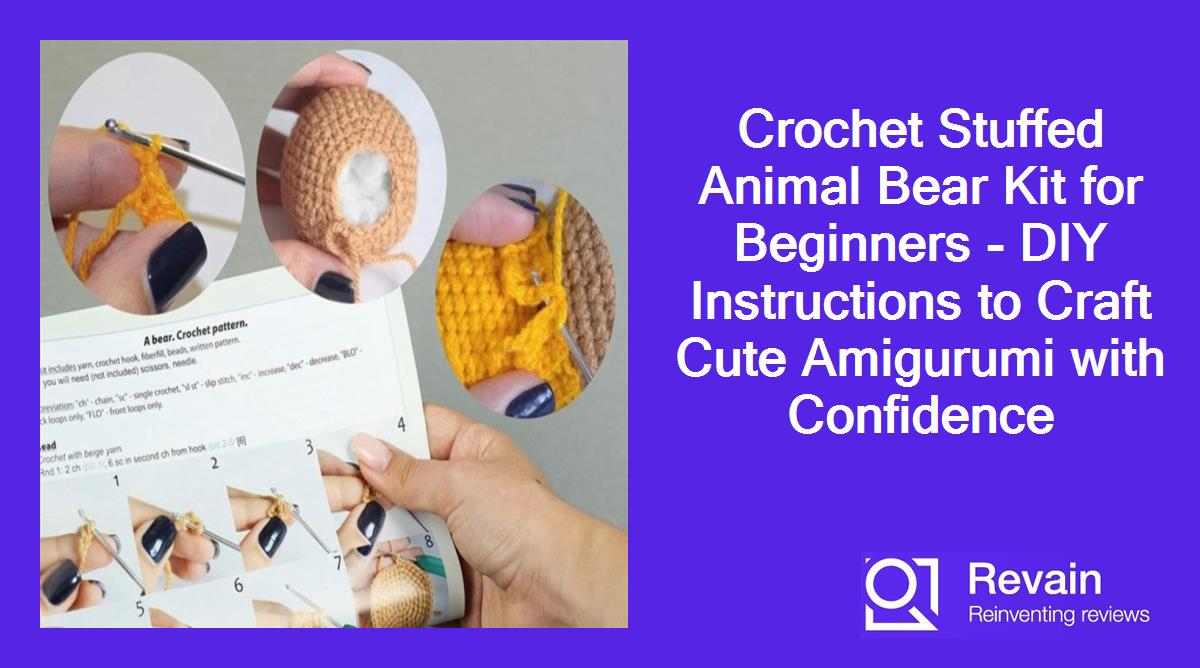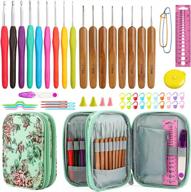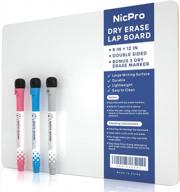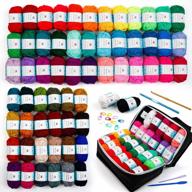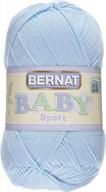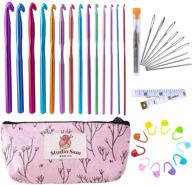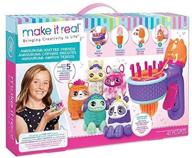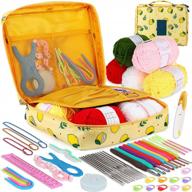How to start crocheting for beginners
Crocheting is a fun and relaxing hobby that anyone can learn. Here are some tips on how to get started with crocheting as a beginner:
Choose your first crochet hook and yarn
Pick a medium weight yarn like worsted weight or aran yarn in a solid color. Stay away from fuzzy or very thick yarns at first. Choose a crochet hook size that matches the yarn thickness. The yarn label will recommend a hook size.
Learn the basic crochet stitches
- Chain stitch
- Single crochet
- Double crochet
- Half double crochet
Master these core stitches before moving on to more advanced techniques. Refer to online tutorials or videos to learn each stitch.
Start with a beginner friendly first project
Try a simple scarf, cowl or washcloth for your first crochet project. Making a basic square or rectangular piece will help you get familiar with stitches without too much shaping.
Take it step-by-step
It takes time and practice to become a confident crocheter. Tackle new skills one at a time instead of rushing into complex patterns. Build up your skill level with easy beginner patterns first.
Relax and have fun with your new hobby! Crocheting is relaxing once you get the hang of the stitches. Mistakes will happen, so don't get discouraged.
Similar products
How to choose the right crochet hook size
Using the proper sized crochet hook is essential for getting the right gauge and drape in your finished pieces. Follow these tips on choosing the best hook size.
Check the yarn label
Yarn brands usually suggest a recommended hook size right on the yarn label. This is the best place to start for hook sizing with that specific yarn.
Match weight symbol to size
Hook sizes are marked with standard weight symbols. Compare the symbol to the yarn weight:
| Crochet Thread | Steel hooks size 12-1 |
| Sock/Baby Yarn | Size B-E hooks |
| Sport/DK Yarn | Size G-7 hooks |
Swatch to get the correct gauge
If you want an exact match to a pattern's listed gauge, always crochet a 4x4 inch swatch before starting. Use the hook size needed to match the specified stitches or rows per inch.
Adjust up or down if needed
Try using a hook one size up or down if your crochet is too loose or tight. The right tension will produce neat, even stitches.
With some practice, you'll know what hook and tension works best for different weights of yarn and styles of crochet.
How to read crochet patterns
Learning how to read crochet patterns unlocks endless possibilities for projects. Here's a guide to understanding the parts of a crochet pattern.
Abbreviations
Crochet uses standard abbreviations for stitches and techniques:
- ch - chain
- sc - single crochet
- dc - double crochet
- tr - triple crochet
There will be a key explaining any unique abbreviations used in that pattern.
Gauge
The gauge tells you the number of stitches and rows required for a 4 inch square. Matching gauge ensures your finished size is correct.
Materials
This lists the specific yarn, hook size, notions and embellishments needed to complete the pattern.
Stitch counts
Parentheses contain the total number of stitches you should have at the end of a row or round.
Instructions
The line-by-line directions for completing the piece. Follow each step carefully:
- Round 1: Ch 3, dc 11 in 3rd ch from hook (12 dc), sl st to top of ch 3.
- Round 2: Ch 3, 2 dc in each dc around, sl st to top of ch 3. (24 dc)
Reading crochet charts and diagrams takes practice, but gives you the visual along with the written pattern.
How to stuff amigurumi animals
Stuffing is what gives amigurumi their beloved squishy, huggable shape. Follow these tips for properly stuffing crochet stuffed animals and dolls.
Choose the right filling
Polyfill stuffing is the best choice for amigurumi. Avoid very loose or clumpy fibers. For a softer feel, try a poly-microfiber blend stuffing.
Stuff in sections
Don't try to stuff the entire piece at once. Stuff each body part or section a little bit at a time:
- Legs
- Body
- Head
- Arms
- Tail
Fill each section firmly but not overly tight.
Use a stuffing tool
A blunt end tool like a crochet hook or chopstick helps distribute filling evenly inside the pieces.
Go slowly near seams
Avoid over-stuffing near the seams between arms, legs, head and body. Take your time to reduce visible lumps.
Check firmness as you go
Gently squeeze the amigurumi to check the filling tightness. Add more stuffing if needed to achieve the desired squish.
Take your time during stuffing to get the best results. Proper filling makes amigurumi come to life!
How to sew crochet pieces together
Putting crochet pieces together requires some basic sewing skills. Follow these tips for seamlessly joining crochet sections.
Choose seam placement carefully
Try to position seams in less visible areas like the back of amigurumi toys or the sides of garments.
Match up stitches
Pin pieces with right sides facing and stitches lined up. Matching stitches helps keep the seam straight.
Thread and knot
Use sewing thread in a coordinating color and knot the end. For amigurumi, use a yarn needle instead of thread.
Whip stitch pieces together
Whip stitch by bringing the needle in and out of both fabric edges in a circular motion. Keep stitches neat but not too tight.
Weave yarn ends into work
Hide all loose yarn tails by weaving them through the stitches. Trim ends close to the fabric.
Consider a seam finish
For extra polish, crochet a border stitch like single crochet over the seam edges.
With careful stitching and seam placement, you can create crochet pieces that look continuous and professional.






